The GeForce RTX 2070 Super & RTX 2060 Super Review Smaller Numbers Bigger Performance AnandTech
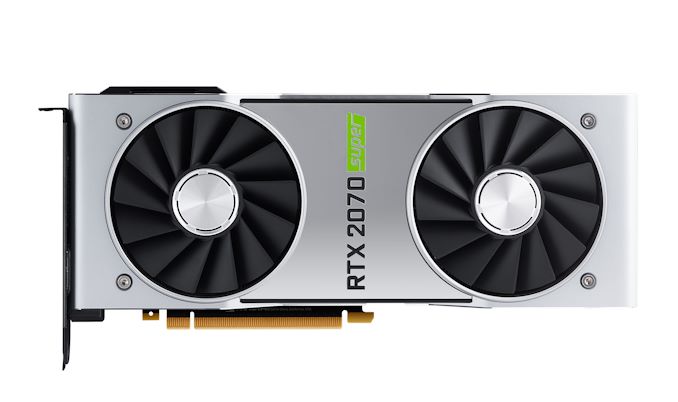
After an extended quiet duration in the realm of high-cease GPUs, matters are about to get interesting once more. Last month AMD announced their new mid-to-high range of video playing cards, the Radeon RX 5700 collection, based totally on their new Navi GPU architecture and related 7nm Navi 10 GPU. AMD has already found out basically the whole thing about these cards in advance, and that release is fittingly arising on Sunday, July 7th (7/7).
But first, NVIDIA would really like to have a word.
Ever when you consider that Computex, NVIDIA has been teasing a “Super” declaration in their very own. And this morning, that statement is ultimately coming to fruition. NVIDIA is launching a mid-generation kicker for his or her mid-to-high-give up video card lineup within the shape in their GeForce RTX 20 series Super cards. Based at the same family of Turing GPUs as the authentic GeForce RTX 20 series cards, these new Super cards – all suffixed Super, as it should be sufficient – come with new configurations and new clockspeeds. They are, essentially, NVIDIA’s 2019 card circle of relatives for the $399+ video card marketplace.
When they're launched on July ninth, the GeForce RTX 20 collection Super playing cards are going to be sharing shop shelves with the relaxation of the GeForce RTX 20 series cards. Some playing cards like the RTX 2080 and RTX 2070 are set to go away, whilst different cards like the RTX 2080 Ti and RTX 2060 will remain in the marketplace as-is. In exercise, it’s in all likelihood satisfactory to think about the new cards as NVIDIA executing as both a price reduce or a spec bump – relying on if you see the glass as half of-empty or 1/2-full – all without meaningfully converting their fee stages.
| NVIDIA GeForce RTX 20 Series Lineup | |
| Card | Price |
| GeForce RTX 2080 Ti | MSRP: $999 Street Price: $1249 |
| GeForce RTX 2080 Super | MSRP: $699 |
| GeForce RTX 2080 | EOL ($699) |
| GeForce RTX 2070 Super | MSRP: $499 |
| GeForce RTX 2070 | EOL ($499) |
| GeForce RTX 2060 Super | MSRP: $399 |
| GeForce RTX 2060 | MSRP & Street Price: $349 |
In terms of performance, the RTX 2060 and RTX 2070 Super playing cards aren’t going to bring whatever new to the table. In truth if we’re being blunt, the RTX 2070 Super is largely a slightly slower RTX 2080, and the RTX 2060 Super may as properly be the RTX 2070. So as an alternative, what has changed is the fee that those performance stages are to be had at, and in the end the overall performance-in line with-greenback ratios in components of NVIDIA’s lineup. The performance of NVIDIA’s former $699 and $499 cards will now be to be had for $499 and $399, respectively. This leaves the vanilla RTX 2060 to preserve the line at $349, and the approaching RTX 2080 Super to fill the $699 spot. Which manner in case you’re inside the $400-$700 marketplace for video playing cards, your options are approximately to get particularly faster.
The timing on all of that is pretty exciting, of direction. NVIDIA is launching these playing cards simply in time to suit AMD’s personal Radeon RX 5700 release. And even as NVIDIA’s official line is that this release is driven via economies of scale and slow card sales because of terrible pricing – each valid points that I will supply NVIDIA – to call a spade a spade this is sincerely NVIDIA looking to counter AMD’s launch. AMD confirmed their playing cards early (actually and figuratively), so NVIDIA and the rest of the world have been capable of see what kind of performance AMD is looking forward to to get and at what costs those playing cards will roll out.
Ultimately via launching faster cards at $400 and $500 now, NVIDIA is seeking to defend their huge market share whilst shifting the goalposts on AMD (ed: or maybe simply disposing of the soccer completely). After these days, the subsequent flow is AMD’s, however as we’ll see in our benchmarks of the new RTX 20 Super cards, they’ll want to react in the event that they need to maintain their momentum. In the meantime, I suppose it’s truthful to mention that everybody is simply satisfied to see pricing come down on NVIDIA’s capable but overpriced Turing video playing cards.
Launching July 9th: GeForce RTX 2070 Super & GeForce RTX 2060 Super
Getting into the beef of today’s evaluation, let’s take a short take a look at the specs for NVIDIA’s new playing cards, the GeForce RTX 2070 Super and GeForce RTX 2060 Super. As I mentioned earlier than, those are by means of and large NVIDIA’s 2080 and 2070 vanilla cards slightly tweaked and given lower version numbers. This allows NVIDIA to crank up their performance with out in reality reducing fees at their major rate points. Neither card is precisely identical to the2019 card its borrowing so closely from – there are small specification variations for binning and product differentiation reasons – but even inside the case of the RTX 2070, we’re talking approximately just a 4% overall performance deficit as opposed to the RTX 2080.
| NVIDIA GeForce Specification Comparison | |||||
| RTX 2080 | RTX 2070 Super | RTX 2070 | RTX 2060 Super | RTX 2060 | |
| CUDA Cores | 2944 | 2560 | 2304 | 2176 | 1920 |
| ROPs | 64 | 64 | 64 | 64 | 48 |
| Core Clock | 1515MHz | 1605MHz | 1410MHz | 1470MHz | 1365MHz |
| Boost Clock | 1710MHz | 1770MHz | 1620MHz | 1650MHz | 1680MHz |
| Memory Clock | 14Gbps GDDR6 | 14Gbps GDDR6 | 14Gbps GDDR6 | 14Gbps GDDR6 | 14Gbps GDDR6 |
| Memory Bus Width | 256-bit | 256-bit | 256-bit | 256-bit | 192-bit |
| VRAM | 8GB | 8GB | 8GB | 8GB | 6GB |
| Single Precision Perf. | 10.1 TFLOPS | 9.1 TFLOPS | 7.5 TFLOPS | 7.2 TFLOPS | 6.5 TFLOPS |
| TDP | 215W | 215W | 175W | 175W | 160W |
| GPU | TU104 | TU104 | TU106 | TU106 | TU106 |
| Transistor Count | 13.6B | 13.6B | 10.8B | 10.8B | 10.8B |
| Architecture | Turing | Turing | Turing | Turing | Turing |
| Manufacturing Process | TSMC 12nm "FFN" | TSMC 12nm "FFN" | TSMC 12nm "FFN" | TSMC 12nm "FFN" | TSMC 12nm "FFN" |
| Launch Date | 09/20/2018 | 07/09/2019 | 10/17/2018 | 07/09/2019 | 1/15/2019 |
| Launch Price | $699 | $499 | $499 | $399 | $349 |
We’ll start out with the RTX 2070 Super. This card makes the largest bounce some of the new RTX 20 series Super card lineup, as its predecessor, the RTX 2070 vanilla, was already the use of a completely-enabled TU106 GPU. As a end result, with the intention to crank up the performance, NVIDIA has made the leap to the TU104 GPU, which previously became most effective used for the RTX 2080. Juxtaposed towards the RTX 2080 (and impending RTX 2080 Super), this card is a greater “traditional” 70 card, in that it’s now based on a reduce-down version of the equal GPU within the 80 card.
All told, NVIDIA has disabled 8 of TU104’s 48 SMs right here, leaving a card with 40 SMs, or 2560 Turing CUDA cores. To make up for this, NVIDIA has cranked up clockspeeds a piece; RTX 2070 Super has better base and raise clocks than the RTX 2080, which helps it to narrow what gap there may be first of all. If you observe pure SM throughput, the RTX 2070 should deliver round 90% of RTX 2080’s compute/texturing/geometry performance; but because its 64 ROPs are completely-enabled and clocked higher than RTX 2080, in practice it trails the RTX 2080 by simply 4% at 2560x1440.
Meanwhile at the memory side of topics, things remain unchanged. Both TU104 and TU106 game 256-bit memory busses, and all of the 2070 cards are fully populating this with 8GB of GDDR6 clocked at 14Gbps. This manner that the RTX 2070 Super doesn’t have any extra memory bandwidth than its vanilla counterpart, however then it also means it has just as a whole lot reminiscence bandwidth as the RTX 2080.
The downside right here is that with RTX 2080-like performance comes RTX 2080-like energy consumption. The TDP of the cardboard is 215 Watts, precisely similar to the RTX 2080 and 40W higher than the RTX 2070 vanilla. On paper, NVIDIA’s electricity efficiency simply takes a small hit here due to this – it’s much less than RTX 2080 performance for the same TDP – that's in element a consequence of the usage of higher clockspeeds. But with the cards’ overall performance being so close, in practice it’s a negligible shift.
The goal market for the brand new RTX 2070 Super then is basically the same as the RTX 2080 it borrows so liberally from. The RTX 2070 isn’t quite enough to pressure 4K decision gaming – that’s a task for the RTX 2080 Ti – however it is extraordinarily succesful for 2560x1440p. Alternatively, these days the 2080/2070S does pretty properly in ray traced video games at 1080p, though it still varies a few from game to sport.
Meanwhile, coming in below the RTX 2070 Super at the brand new charge tier of $399 is the RTX 2060 Super. This is a card that is for all intents and functions a RTX 2070 at a lower fee; it uses an ever-so-slightly cut-down version of TU106 to supply overall performance that is within 1% of the RTX 2070. All instructed, NVIDIA has achieved some thing pretty similar right here as with the RTX 2070 Super, disabling some SMs and cranking up the clockspeeds to compensate. The cease end result is a card with 34 of 36 SMs enabled, and some more clocks to help reduce the space. By the numbers it gives you 96% of RTX 2070’s shading/texturing/geometry overall performance, but 102% of its ROP/rasterization overall performance. Or to border matters relative to the RTX 2060, it’s about 14% faster thanks to its combination of SM and clockspeed benefit.
Equally (if perhaps no longer more) essential here however is the memory configuration. Whereas the RTX 2060 vanilla comes with a clumsy 6GB of GDDR6 – leaving it just a piece quick on potential and bandwidth – the RTX 2060 Super gets a full 8GB. This way that it can supply simply as a whole lot VRAM potential and bandwidth as the 2070 and 2080 playing cards – 33% more of each than the vanilla 2060 – which no longer handiest enables it lots in overall performance, but also in future-proofing. NVIDIA for its component isn’t retiring the vanilla RTX 2060, however for just $50 over that card, there’s a very compelling argument to ignore the hobbled 6GB card totally.
But, like the RTX 2070 Super, the overall performance bump comes with a energy consumption bump. If the RTX 2070 Super is a pocket RTX 2080, then the RTX 2060 Super is a pocket RTX 2070. This manner the TDP has gone up from 160W at the 2060 vanilla to 175W on the 2060 Super – the smaller bounce being due to the fact both cards use the same TU106 GPU – as these are the same Turing GPUs and NVIDIA’s strength performance hasn’t stepped forward at all right here.
Within the NVIDIA stack, the RTX 2060 Super is basically the lowest tier of 2560x1440p card. This is a belief that hasn’t pretty existed earlier than, but the RTX 2060 Super is so powerful that 1080p almost leaves the cardboard underutilized in a whole lot of these days’s video games. Consequently this will thoroughly make it the most exciting card launching these days, as whilst it’s essentially only a 2070 for $one hundred much less, at $399 it’s stepping into that mid-variety candy spot that more fondly remembered cards just like the GTX 970 and GTX 1070 occupied.
Launching July 23rd: GeForce RTX 2080 Super
Very in brief, we also have the problem of NVIDIA’s very last RTX 20 collection Super card to touch upon: the GeForce RTX 2080 Super.
Just just like the RTX 2060 and RTX 2070, the RTX 2080 Super is getting a mid-era kicker. However this card won’t be launching for some more weeks – specially, July 23rd – and isn’t part of today’s review. In reality it become handiest the day before today that NVIDIA even released the card’s specs. So we’ll deal with this card in due time, but for now, it’s going to be the substitute for the regular RTX 2080 at the $699 fee point.
| NVIDIA GeForce Specification Comparison | ||||
| RTX 2080 Super | RTX 2080 | RTX 2070 Super | RTX 2070 | |
| CUDA Cores | 3072 | 2944 | 2560 | 2304 |
| ROPs | 64 | 64 | 64 | 64 |
| Core Clock | 1650MHz | 1515MHz | 1605MHz | 1410MHz |
| Boost Clock | 1815MHz | 1710MHz | 1770MHz | 1620MHz |
| Memory Clock | 15.5Gbps GDDR6 | 14Gbps GDDR6 | 14Gbps GDDR6 | 14Gbps GDDR6 |
| Memory Bus Width | 256-bit | 256-bit | 256-bit | 256-bit |
| VRAM | 8GB | 8GB | 8GB | 8GB |
| Single Precision Perf. | 11.2 TFLOPS | 10.1 TFLOPS | 9.1 TFLOPS | 7.5 TFLOPS |
| TDP | 250W | 215W | 215W | 175W |
| GPU | TU104 | TU104 | TU104 | TU106 |
| Transistor Count | 13.6B | 13.6B | 13.6B | 10.8B |
| Architecture | Turing | Turing | Turing | Turing |
| Manufacturing Process | TSMC 12nm "FFN" | TSMC 12nm "FFN" | TSMC 12nm "FFN" | TSMC 12nm "FFN" |
| Launch Date | 07/23/2018 | 09/20/2018 | 07/09/2019 | 10/17/2018 |
| Launch Price | $699 | $699 | $499 | $499 |
Unlike the other two RTX 20 series Super cards, the RTX 2080 Super is getting a barely one-of-a-kind remedy. The authentic RTX 2080 already used a frequently-enabled TU104 GPU, so while NVIDIA is moving to a completely-enabled GPU – permitting any other 2 SMs – that by myself won’t do an awful lot for the cardboard’s overall performance. Instead is going to rely on a mix of clockspeed bumps for both the GPU and the memory.
On the GPU clockspeed the front, the cardboard will ship with a lift clock of 1815MHz, the very best of all the RTX 20 series playing cards. Meanwhile, in a primary for any Turing card, the memory clockspeed is being elevated from 14Gbps to fifteen.5Gbps, an 11% increase to higher feed the absolutely-enabled TU104 GPU. 16Gbps GDDR6 chips have always been inside the reminiscence roadmaps, so this is wherein NVIDIA will first introduce them.
The tradeoff however, is that just like the different Super cards, TDPs are going up. The RTX 2080 Super will be a 250 Watt card, 35W higher than the RTX 2080 and matching the TDP of the pinnacle-tier RTX 2080 Ti. As I truely can’t imagine a TU104 card matching RTX 2080 Ti, it might appear that NVIDIA’s energy efficiency goes to take a hit here. NVIDIA’s excessive clocks right here imply that they've to actually open up on energy transport so that it will permit the TU104 GPU to preserve over 1800MHz, which comes at a reasonably highly-priced point at the voltage/frequency curve.
We’ll understand more for positive here in some weeks, so live tuned for that.
Product Positioning, Availability & the Competition
Coming complete circle here, let’s quickly contact on pricing, positioning, and availability for the brand new RTX cards.
While these days is the assessment embargo for the RTX 2070 Super and RTX 2060 Super, it’s not a tough release. The playing cards won’t move on sale till Tuesday, July 9th, 2 days after AMD’s playing cards cross on sale. As a end result the launch does stroll a fine line to the awful old days of paper launches, however with AMD’s release awkwardly falling on a Sunday initially, in exercise it’s now not sufficient of a difference to be counted. The release of NVIDIA’s new cards is, intentionally or now not, invariably intertwined with the launch of the AMD Radeon RX 5700 series.
In phrases of release cards then, NVIDIA and its partners are going to hit the floor jogging here with the whole thing from reference playing cards to fully custom cards. These are the identical TU104/TU106 GPUs the use of the equal memory, so board partners can quick tap their current 2080/2070 designs to convey new cards to market. Similarly, card extent shouldn’t be a huge problem, though with demand somewhat the front-loaded, there’s still the ability for promote-outs.
NVIDIA for its part will once more be liberating their personal reference cards. However in a change from ultimate 12 months’s manufacturing unit overclocked Founders Edition playing cards, NVIDIA will not be overclocking their cards or charging a premium for them. Their reference cards are nevertheless going to be bought underneath the Founders Edition branding, however they ought to carry out identically to every other reference-clocked cards. And fittingly, they won’t convey a charge premium. Meanwhile, as is commonly the case, the cards might be offered at once by way of NVIDIA.
As an delivered kicker, NVIDIA is likewise launching with a online game package right out of the gate. The new RTX 20 collection Super cards will be getting a two recreation bundle that includes Wolfenstein: Youngblood and Remedy’s upcoming Control. NVIDIA for its part has been heading off game bundles at release for its excessive-quit cards for maximum of the past few years, so it’s noteworthy to peer them included here. As I referred to early on, NVIDIA is trying to growth the cost in their cards with out surely cutting costs, so this is every other way to reap that.
In the intervening time, NVIDIA’s RTX 2080 and RTX 2070 cards could be warding off to retirement. Officially, NVIDIA isn’t saying how shops could be eliminating any closing stock, but just like complete-fledged video card collection launches, I could assume to see some income right here, specially as the new cards notably undercut these outgoing playing cards.
The competition for the brand new Super playing cards will of direction be AMD’s Radeon RX 5700 series. There are no ideal 1-to-1 comparisons here considering that (at contemporary charges, at least) AMD and NVIDIA are promoting at barely one of a kind prices. But the RTX 2060 Super is absolutely located to squeeze each the RX 5700 and RX 5700 XT, while the RTX 2070 Super would be NVIDIA’s trump card over the RX 5700 XT. To what diploma of course remains to be seen in some days when AMD’s new cards launch.
All instructed, NVIDIA’s plan is to have a technological and energy efficiency benefit over AMD’s playing cards, and if AMD’s performance estimates are accurate, then to satisfy or beat them on price as nicely. In unique, AMD is not bringing any new pics functions to the desk that could suit Turing’s extra advanced features including ray tracing and variable price shading, so expect to peer NVIDIA preserve to wield that in opposition to AMD.
| July 2019 GPU Pricing Comparison | ||
| AMD | Price | NVIDIA |
| $1249 | GeForce RTX 2080 Ti | |
| Radeon VII | $699 | GeForce RTX 2080 Super |
| $499 | GeForce RTX 2070 Super | |
| Radeon RX 5700 XT | $449 | |
| $399 | GeForce RTX 2060 Super | |
| Radeon RX 5700 | $379 | |
| $349 | GeForce RTX 2060 |
| GeForce RTX 20 Series Card Compariaon | ||||
| RTX 2070 Super Founders Edition | RTX 2070 Super (Reference Specs) | RTX 2060 Super Founders Edition | RTX 2060 Super (Reference Specs) | |
| Base Clock | 1605MHz | 1605MHz | 1470MHz | 1470MHz |
| Boost Clock | 1770MHz | 1770MHz | 1650MHz | 1650MHz |
| Memory Clock | 14Gbps GDDR6 | 14Gbps GDDR6 | 14Gbps GDDR6 | 14Gbps GDDR6 |
| VRAM | 8GB | 8GB | 8GB | 8GB |
| TDP | 215W | 215W | 175W | 175W |
| Length | 10.5-inches | N/A | 9.0-inches | N/A |
| Width | Dual Slot | N/A | Dual Slot | N/A |
| Cooler Type | Open Air (2x Axial Fans) | N/A | Open Air (2x Axial Fans) | N/A |
| Price | $499 | $499 | $399 | $399 |
test
| AnandTech GPU Bench 2019 Game List | |||
| Game | Genre | Release Date | API |
| Shadow of the Tomb Raider | Action/TPS | Sept.2019 | DX12 |
| F1 2019 | Racing | Jun. 2019 | DX12 |
| Assassin's Creed Odyssey | Action/Open World | Oct.2019 | DX11 |
| Metro Exodus | FPS | Feb. 2019 | DX12 |
| Strange Brigade | TPS | Aug.2019 | Vulkan |
| Total War: Three Kingdoms | TBS | May. 2019 | DX11 |
| The Division 2 | FPS | Mar. 2019 | DX12 |
| Grand Theft Auto V | Action/Open world | Apr.2019 | DX11 |
| Forza Horizon 4 | Racing | Oct.2019 | DX12 |
As for our hardware testbed, it too has been up to date for the 2019 video card launch cycle.
Internally we’ve made a quite huge exchange, going from an Intel HEDT platform (Core i7-7820X) to a popular laptop platform based round an overclocked Core i9-9900K and Z390 chipset. While we’ve used HEDT structures for the GPU testbed for the ultimate decade, HEDT is turning into increasingly more irrelevant/compromised for gaming; whilst the greater PCIe lanes are first-class, those systems haven’t delivered the high-quality CPU performance for games as of late.
By comparison, laptop processors with 8 cores now provide more than sufficient cores, and they also provide some distance higher clockspeeds, turning in more of the single/gently-threaded performance that games need. Furthermore, as SLI and Crossfire are on the rocks, the extra PCIe lanes aren’t as necessary as they as soon as were.
On a side note, I had in the beginning was hoping to cycle in a Ryzen 3000 platform at this point, specifically for PCIe 4.0. However the timing of all of these hardware launches supposed that we had to go with a longtime platform, as it takes per week or with the intention to construct and validate a new GPU testbed. Plus with Ryzen 3000 not launching for some other week, we wouldn’t were capable of use it for this review anyhow.
Otherwise the rest of our 2019 GPU testbed is rather truthful. With 32GB of RAM and a excessive-quit Phison E12-based totally NVMe SSD, the device and any video playing cards being examined as nicely-fed. Enclosing all of this for our actual-world fashion checking out is our trusty NZXT Phantom 630 Windowed Edition case.
| CPU: | Intel Core i9-9900K @ 5.0GHz |
| Motherboard: | ASRock Z390 Taichi |
| Power Supply: | Corsair AX1200i |
| Hard Disk: | Phison E12 PCIe NVMe SSD (960GB) |
| Memory: | G.skill Trident Z RGB DDR4-3600 2 x 16GB (17-18-18-38) |
| Case: | NZXT Phantom 630 Windowed Edition |
| Monitor: | Asus PQ321 |
| Video Cards: | NVIDIA GeForce GTX 2070 Super Founders Edition NVIDIA GeForce GTX 2060 Super Founders Edition NVIDIA GeForce GTX 2080 Founders Edition NVIDIA GeForce GTX 2070 Founders Edition NVIDIA GeForce GTX 2060 Founders Edition AMD Radeon RX Vega 64 |
| Video Drivers: | NVIDIA Release 431.15 AMD Radeon Software Adrenalin 2019 Edition 19.6.3 |
| OS: | Windows 10 Pro (1903) |



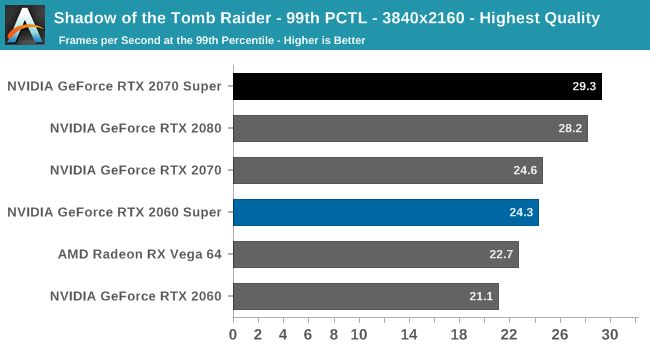
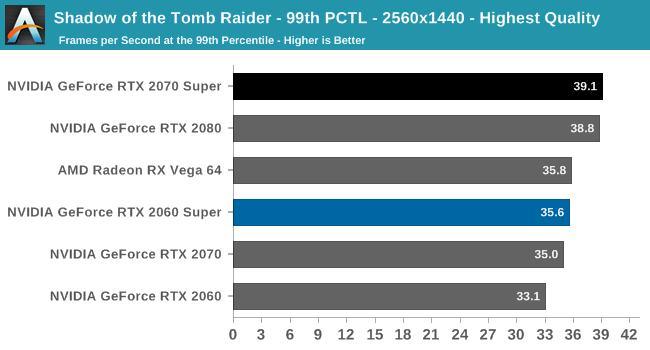
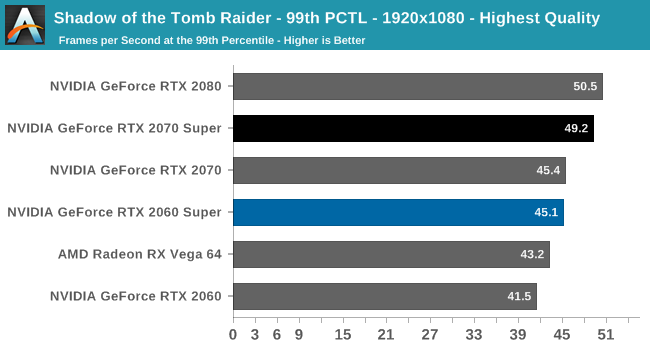
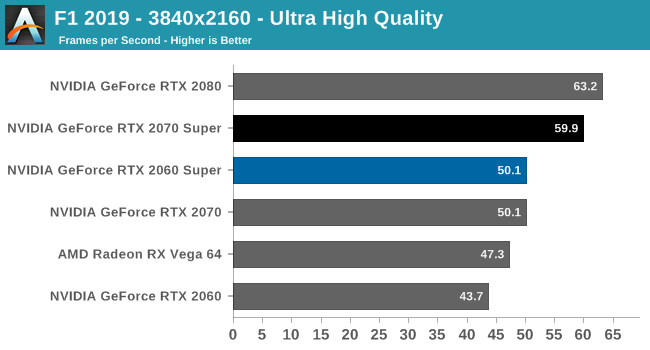
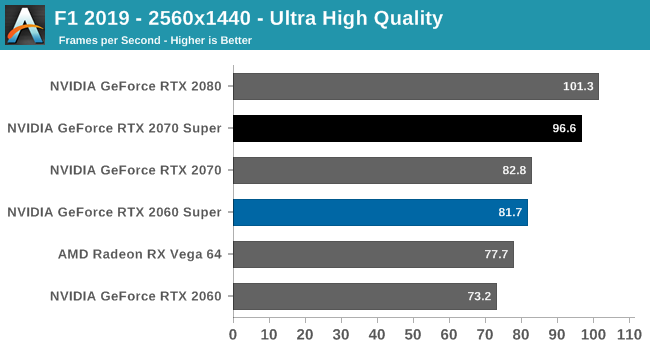
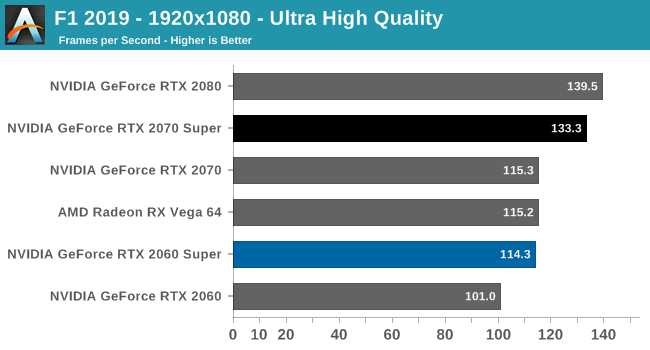
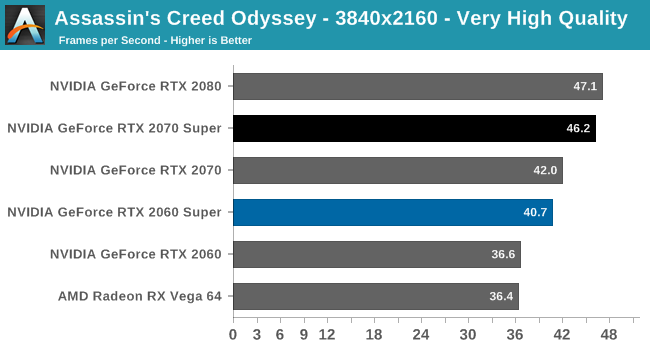
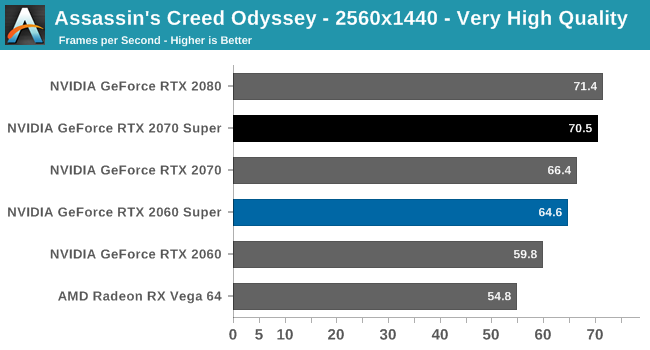
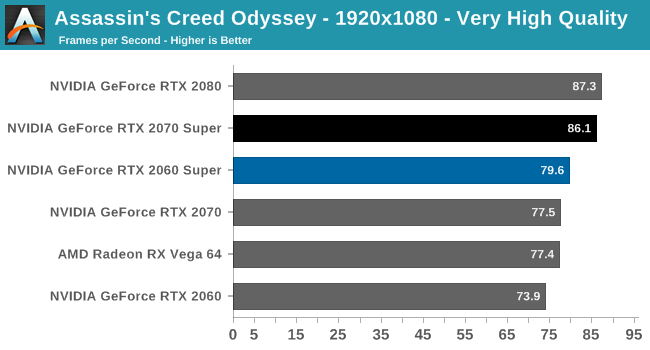
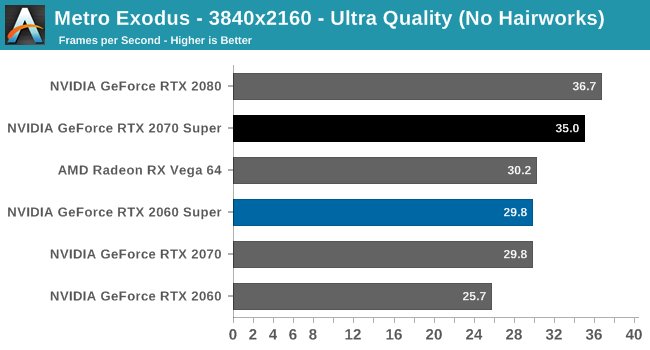
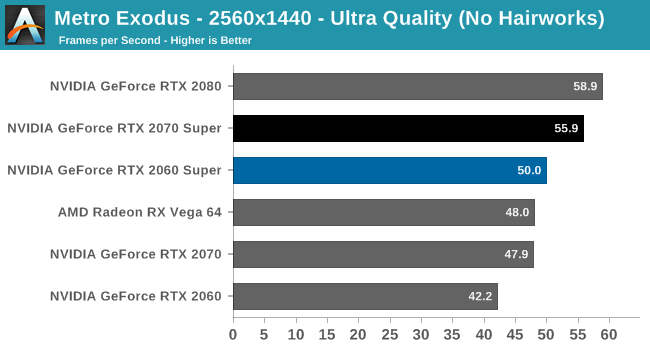

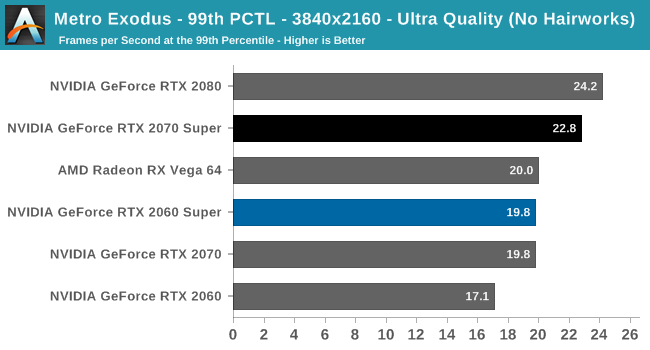

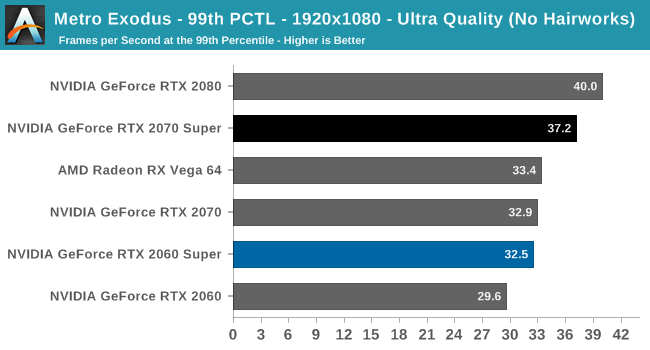
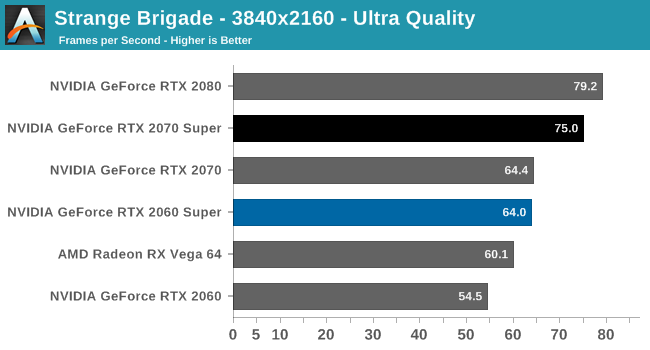

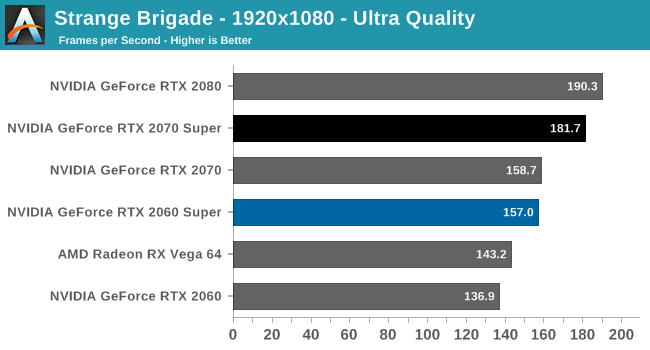
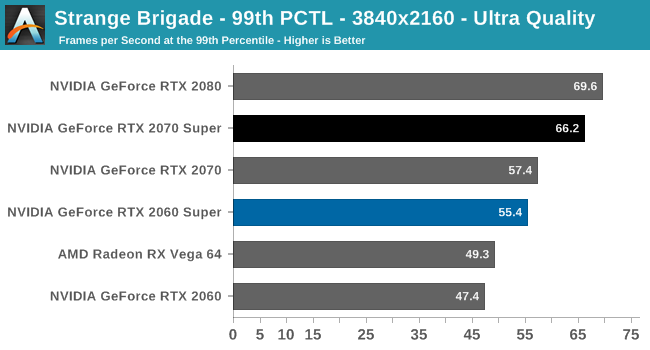
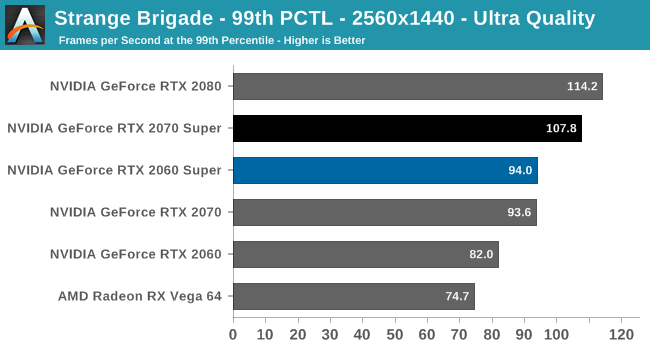
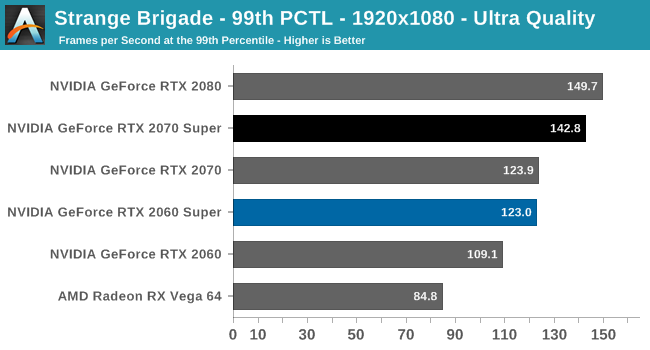
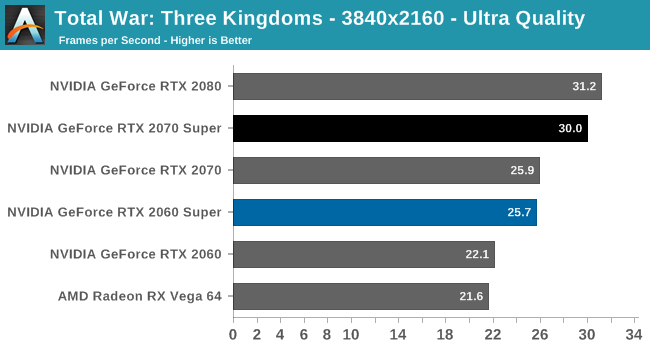
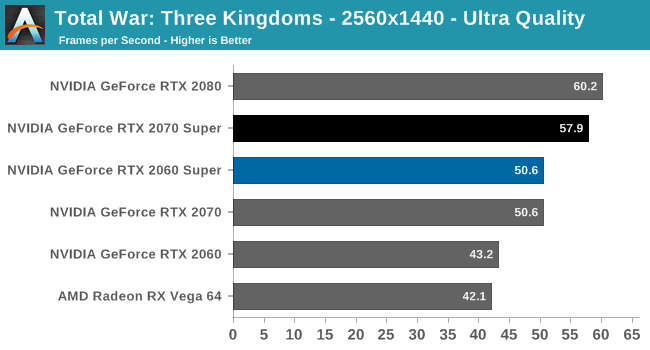
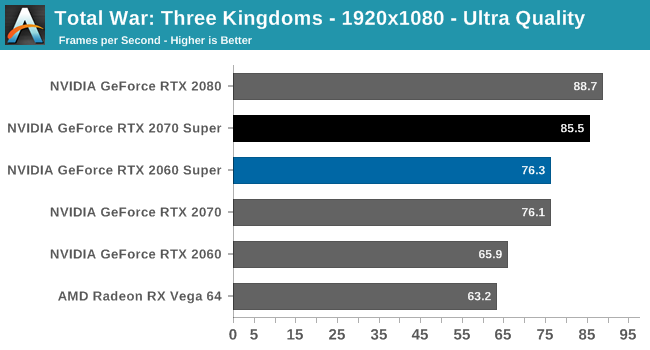
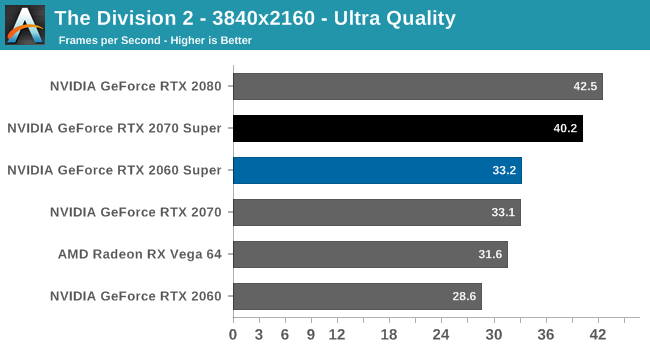
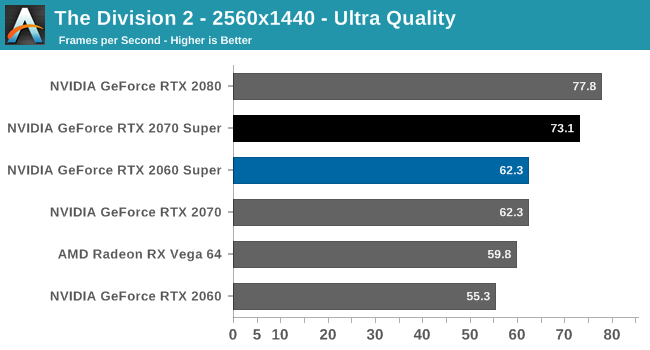
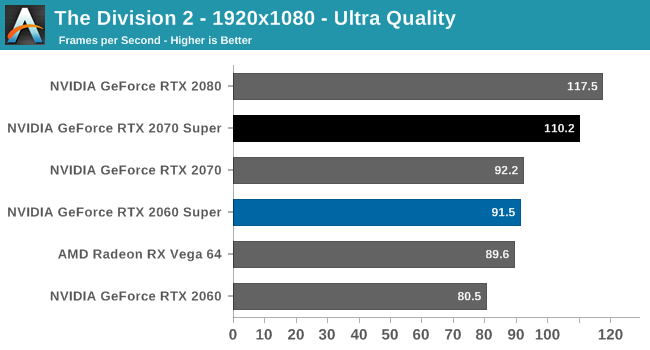
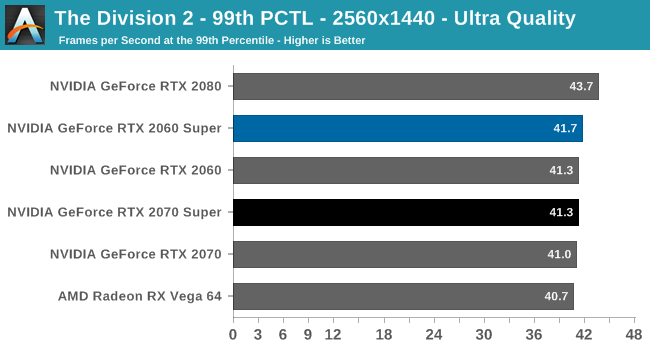
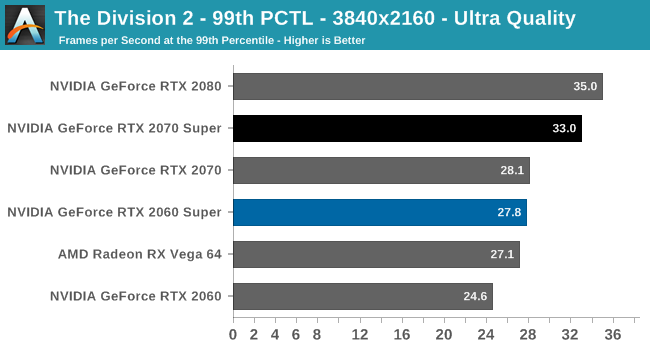
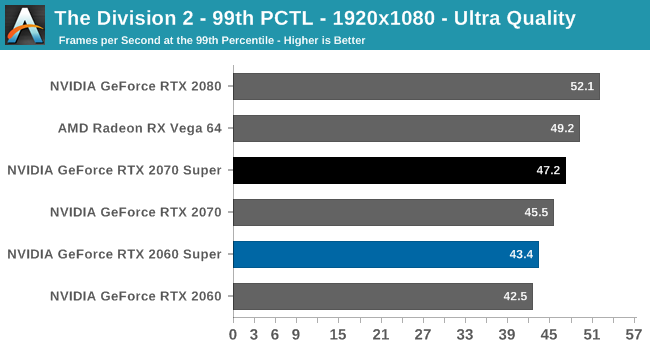
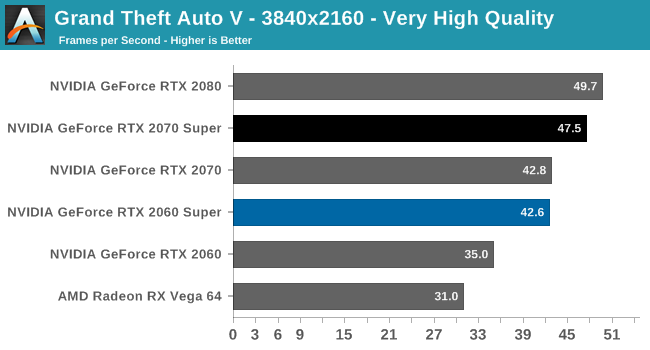
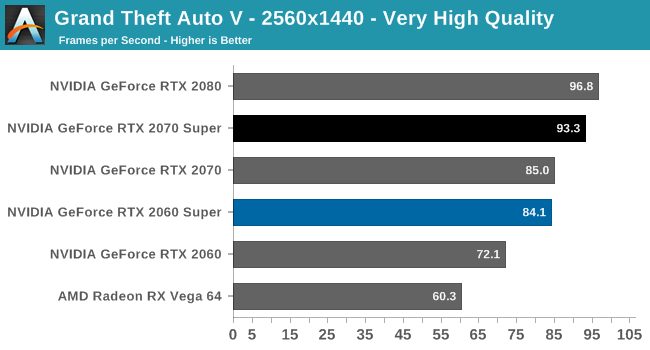
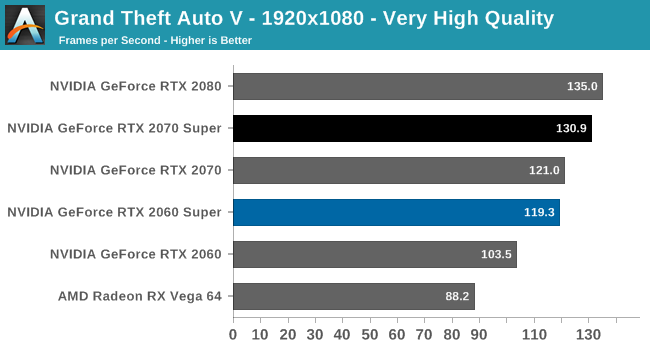
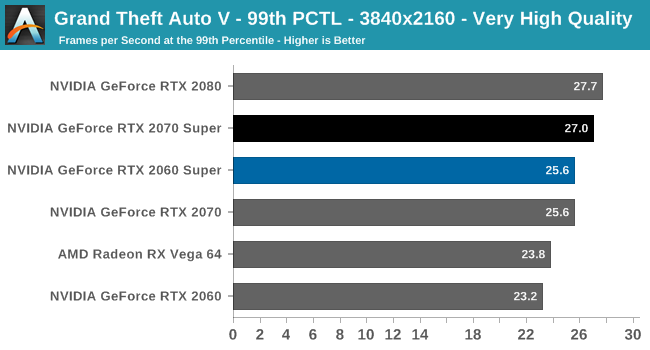
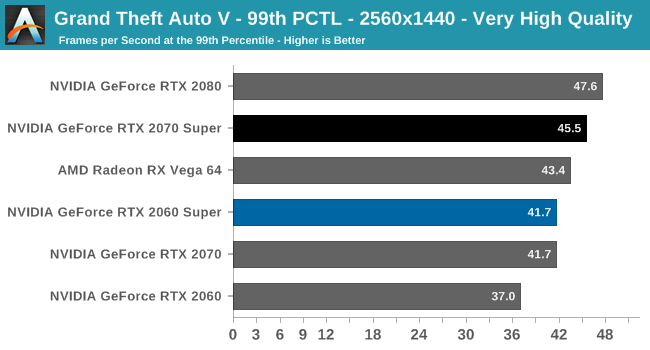

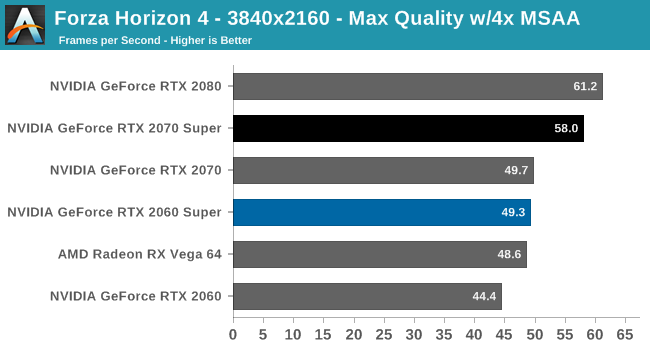
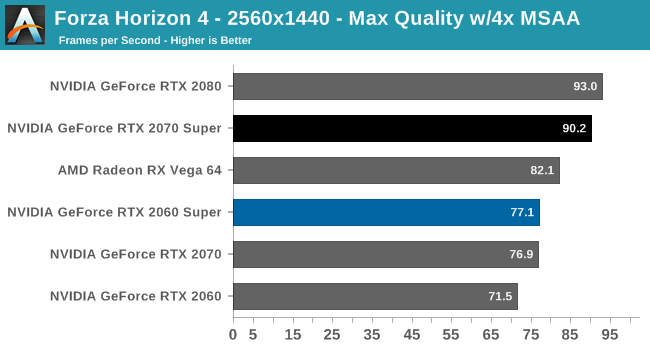
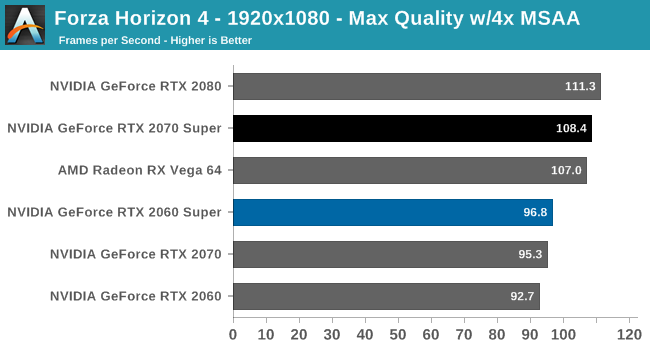
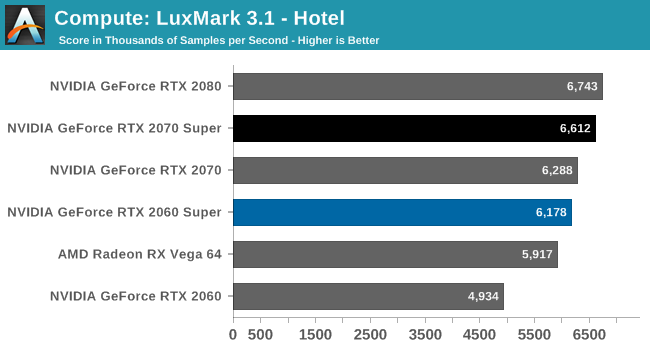
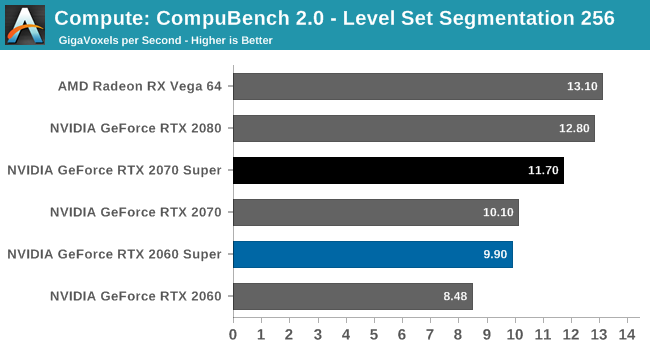
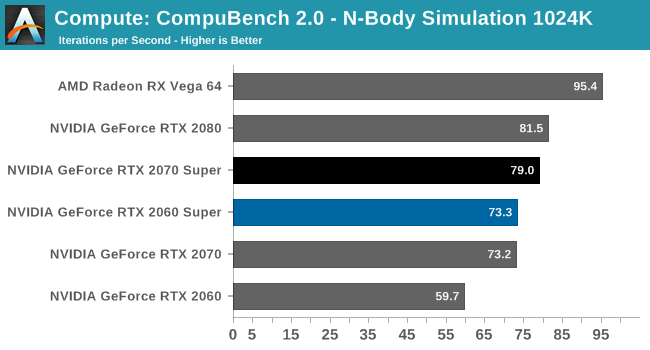

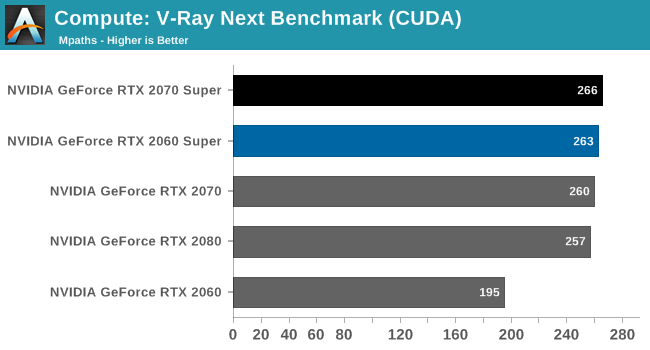
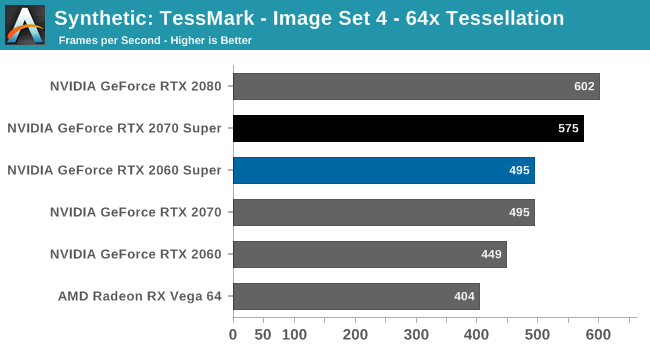

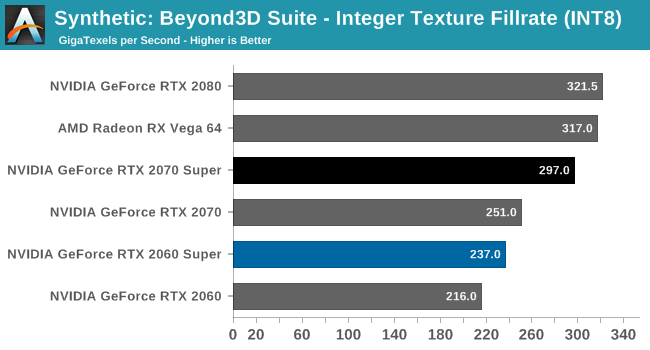

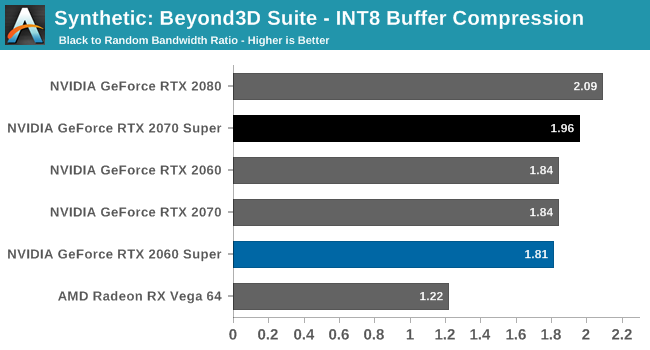
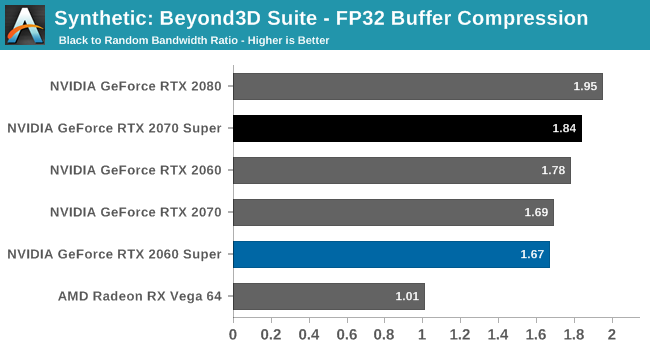
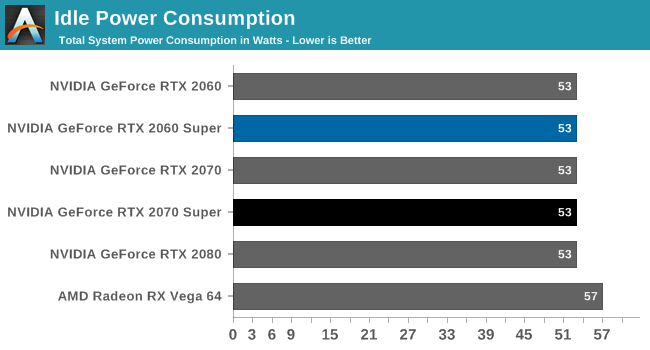
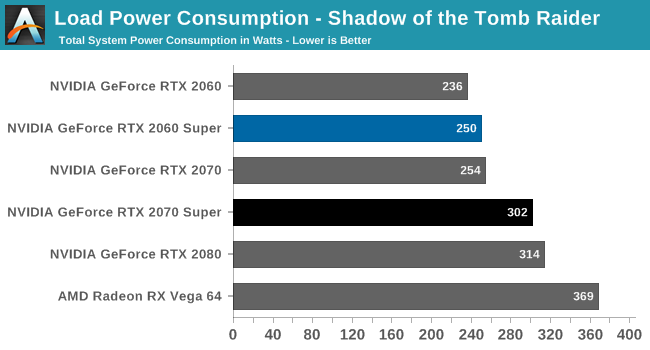

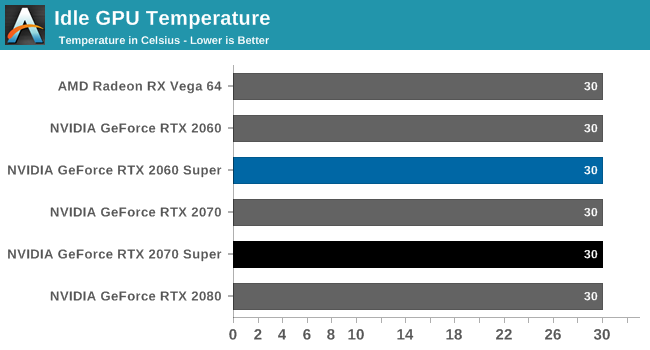
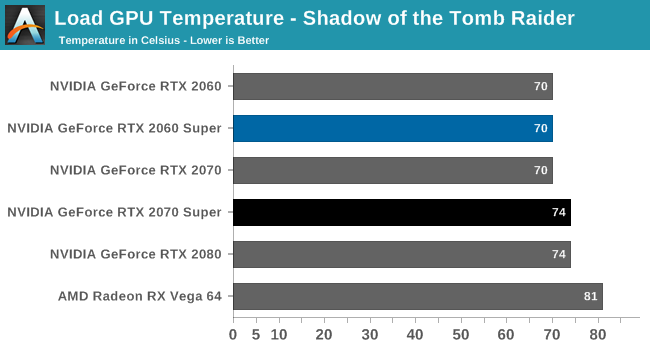
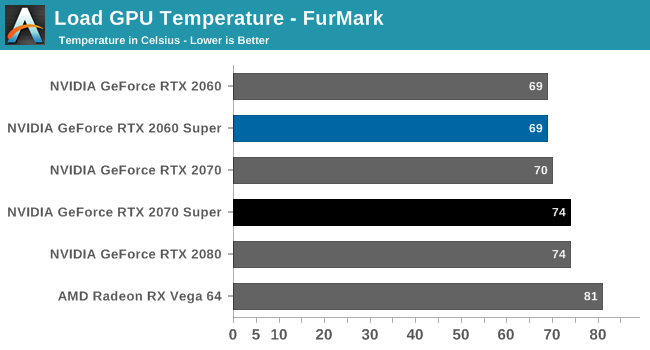
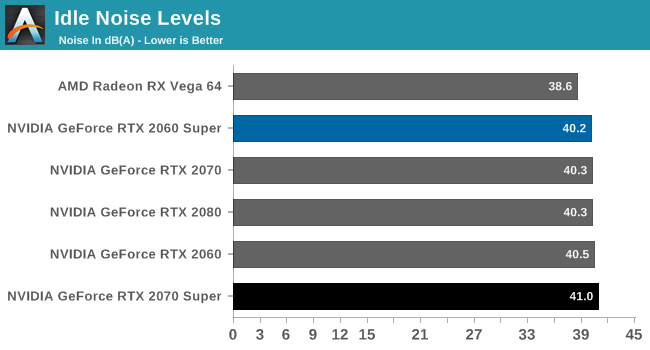
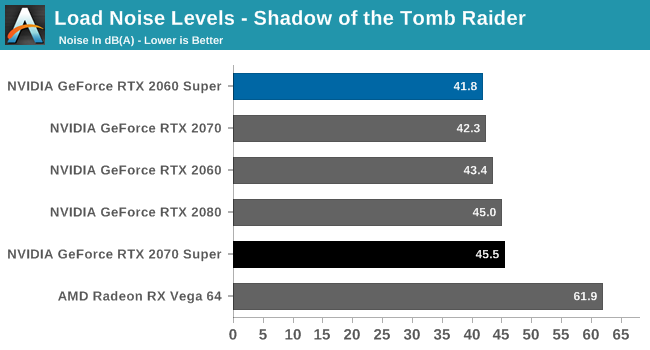

While this can technically be the realization of this specific review, in lots of methods the release of NVIDIA’s new RTX 20 series Super playing cards is the begin of something larger. With video card launches set handiest days apart, NVIDIA has – if unexpectedly – fired the primary salvo within the present day battle for the high-end of the video card market. In doing so, they’ve improved the price on their Turing cards by using a moderate but tons-needed margin, and inside the technique have set the tempo for the playing cards to comply with. So even though these days is NVIDIA’s day, in exercise this launch part of a miles larger image that becomes a good deal clearer in some days.
What then, does the launch of the RTX 20 collection Super playing cards imply for the market? Looking completely within the NVIDIA product stack for the instant, it’s a welcome improvement for a line of cards that became big on die size however quick on cost. But this is mid-generation kicker that is just that: a refresh of current hardware. The new Super components are still based totally at the identical TU104 and TU106 GPUs that have been available on the market because the latter part of2019, and as they are nonetheless the maximum current GPUs out there in terms of capabilities, they’re now not susceptible to getting outdated any time quickly. The flip side of that coin is that given that that is a refresh, NVIDIA isn’t bringing anything new to the table in terms of hardware functions. This is, peculiarly else, a modest realignment of NVIDIA’s product stack to make sure they remain aggressive at the same time as spurring a few new video card sales in slow marketplace.
The exact news then is that in case you are inside the marketplace for purchasing a video card – particularly for brand spanking new machine builds – then this latest round in the GPU wars means that the quantity of overall performance you get for the cash is getting even higher. The GeForce RTX 2060 Super is all but an RTX 2070 in name and in price, turning in sincerely identical overall performance for $one hundred much less than the original RTX 2070. And the GeForce RTX 2070 Super, while not quite a facsimile of the RTX 2080, provides much of these profits, imparting 96% of the RTX 2080’s performance for 71% of the rate – or nearly some $200 less expensive than what that level of performance price just final month.
For consumers seeking to upgrade, however, things are a piece trickier. NVIDIA’s realignment improves their rate-to-performance ratio; however, it doesn’t get across the fact that inside NVIDIA’s lineup, none of the Turing structure video cards supply a full generational performance upgrade over their predecessors; the overall performance, partially a effect of going with 12nm, just isn’t there. So those new Super cards don’t trade the calculus worried in finding out whether or not to improve from Pascal – that it’s in all likelihood first-rate to maintain of till the next real era of playing cards. However Maxwell (GTX 900 series) owners have a bit extra thinking to do, as this realignment means that GTX 980 and GTX 970 owners in the end have further priced enhancements which are extra than real generational updates in features and performance.
Past that, because the new Super cards are so similar to their predecessors, there’s little to mention that we haven’t already touched on earlier than. Despite tinkering with clockspeeds and SM counts, NVIDIA has held the road on strength performance, so the brand new Super cards slot in well inside the Turing product own family. Energy performance hasn’t long past up, but it also hasn’t long past down, and the Turing lineup remains the maximum strength green line of cards available. Similarly, NVIDIA remains unchallenged in terms of hardware functions, as they'll remain the best seller delivery hardware ray tracing and variable price shading generation for 2019.
But with that said, we don’t have the entire image of the excessive-give up video card marketplace; with a view to handiest come as soon as AMD’s cards launch in some days. Given that AMD’s playing cards truly go on sale first here – NVIDIA will comply with 2 days later – there’s clearly no sense in making particular suggestions at this time. Rather we’ll see where the dust settles on July 7th whilst AMD’s new Radeon playing cards launch. So in many respects, these days’s NVIDIA release is a prelude of a more important conflict that takes place in a few days.
In the interim, by means of launching their cards first, NVIDIA receives the first-mover benefit. They have shown their hand with better priced Turing playing cards, a modest improvement that none the less addresses NVIDIA’s one real weakness with the RTX 20 series. Now it’s going to be as much as AMD to make the second one flow, and decide how they want to respond to NVIDIA. It risks becoming a chunk of an exaggered stratagem at this factor, however because the most critical occasion to show up for the reason that release of the RTX 20 series nearly a yr ago, we’re approximately to peer some of the most interesting instances of the 2019 unfold within the video card market.
Let's block advertisements! (Why?)
//www.anandtech.com/show/14586/geforce-rtx-2070-high-quality-rtx-2060-top notch-review
2019-07-02 thirteen:36:58Z
52780325179183
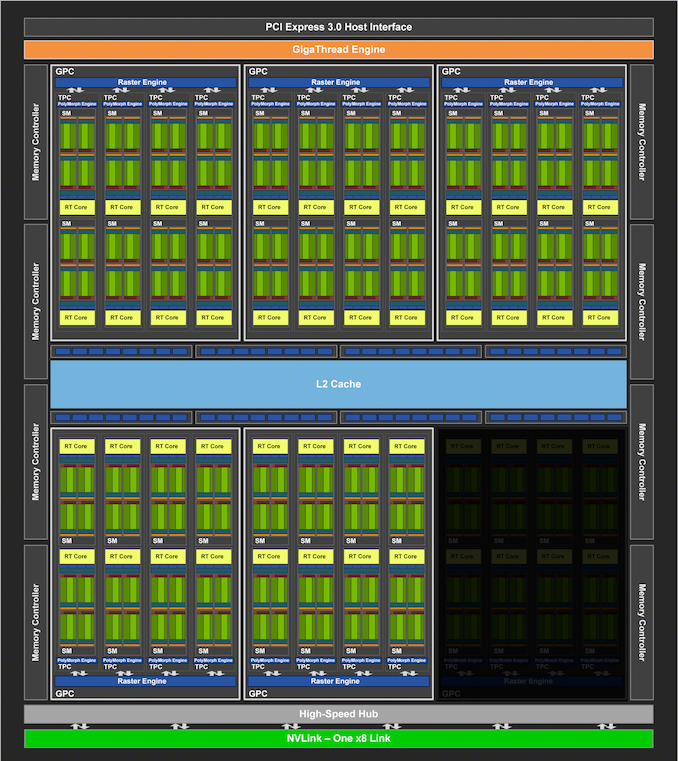
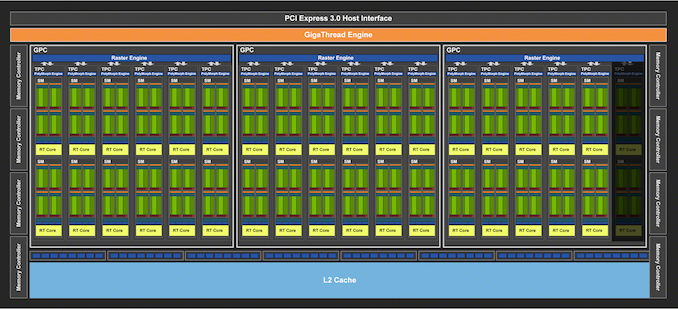
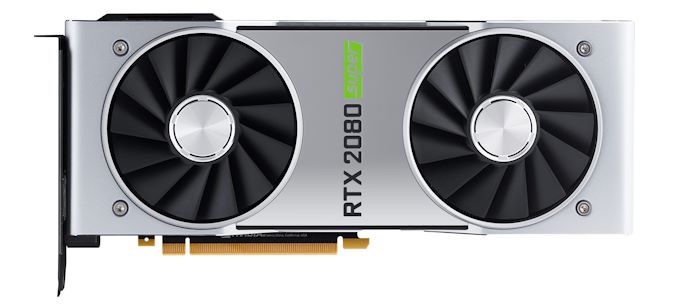
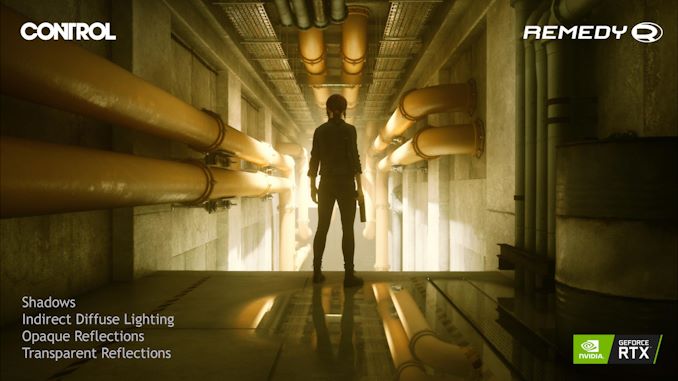


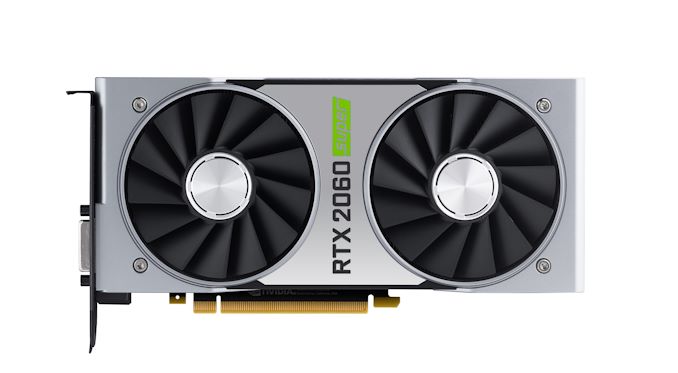
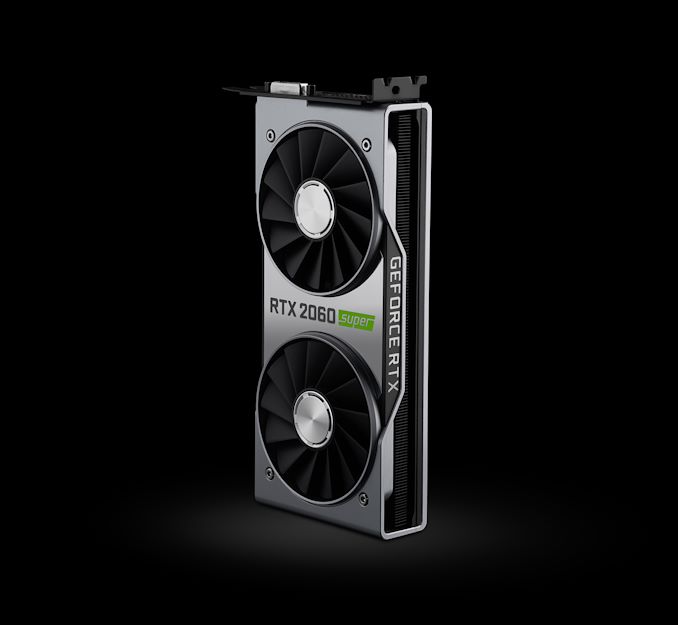

0 Response to "The GeForce RTX 2070 Super & RTX 2060 Super Review Smaller Numbers Bigger Performance AnandTech"
Post a Comment